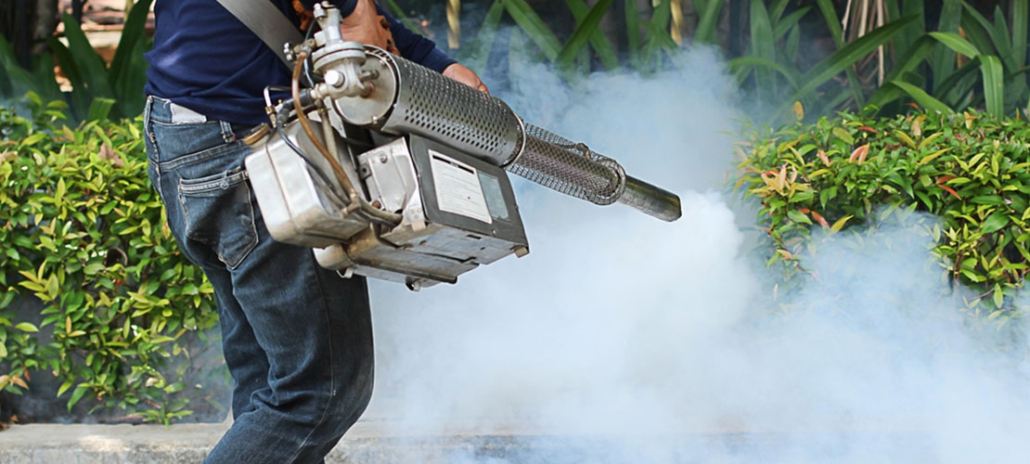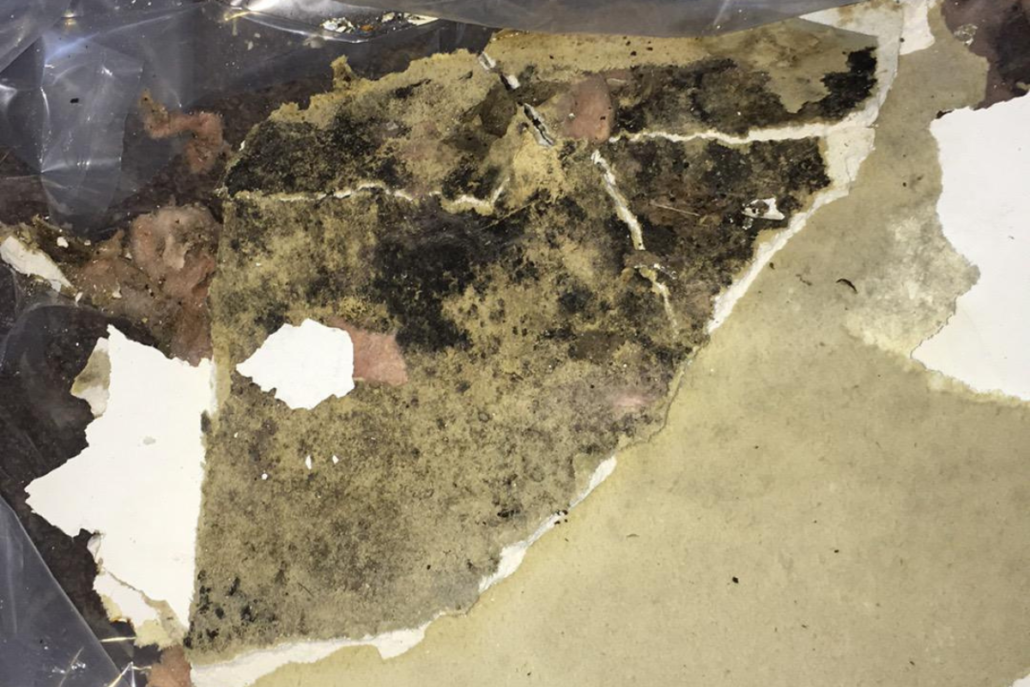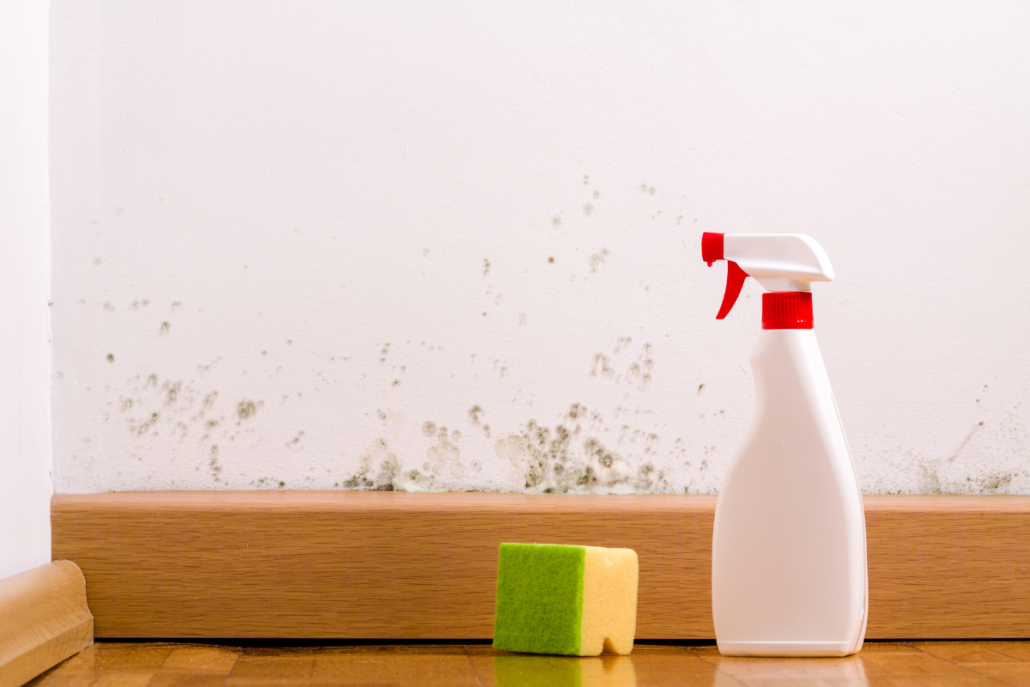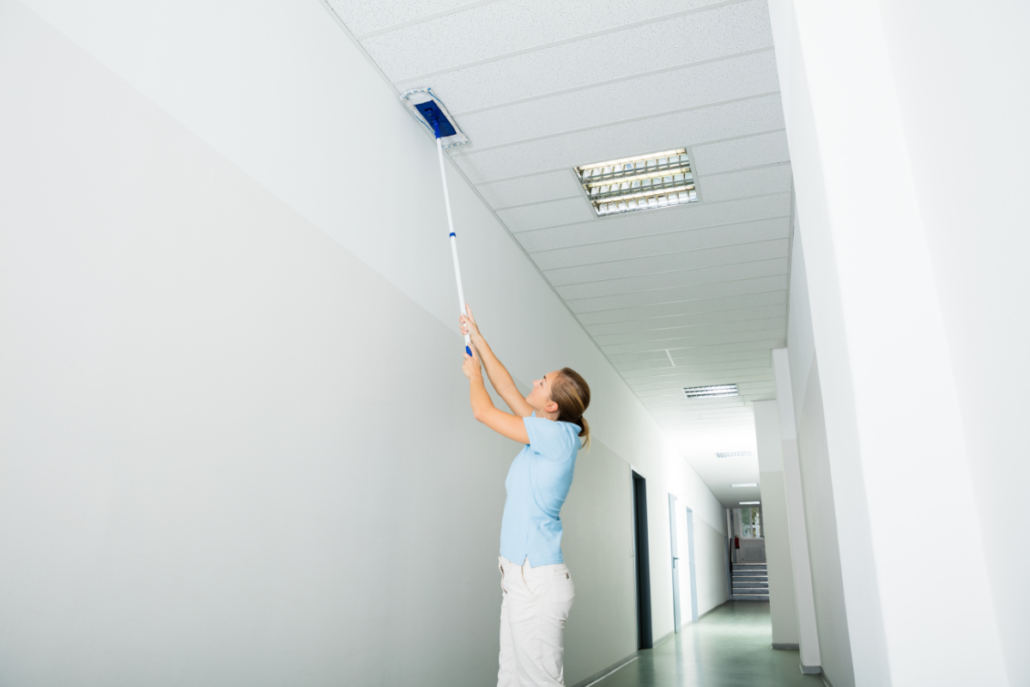How Pressure Cleaning Can Revitalize Your Home Exterior
How Pressure Cleaning Can Revitalize Your Home Exterior
How Pressure Cleaning Works: High-pressure water is used for pressure cleaning, which is also called power washing, to get rid of dirt, dust, and other contaminants on surfaces. The deep cleaning power of this method goes beyond what regular hoses can do and works on a wide range of outdoor materials.
Getting rid of tough stains and mould: High-pressure water, which is used in pressure washing, is great at getting rid of tough stains that have built up over time. Pressure cleaning is also a great way to get rid of mould and mildew that grows on outside surfaces, making the area better to live in.
Getting the Vibrancy of Outside Surfaces Back: Surfaces that are outside can lose their colour when they are exposed to the weather, whether they are made of concrete, wood, or something else. Pressure cleaning can bring these surfaces back to their original colour and beauty, giving worn and discoloured areas a new lease on life.
Increasing the value and appeal of your home: A clean and well-kept exterior makes your home look much better from the street. This change in how the property looks can help it sell for more money, so pressure cleaning is a good investment for people who want to make a good impression.
Stopping Damage That Will Last: Regular pressure cleaning isn’t just for looks; it’s also a way to stop damage from happening in the long run. Building up dirt and grime on outside objects can cause them to deteriorate and break down. Cleaning your home with high-pressure water helps protect it from these harmful effects, which makes it last longer.
Clean Areas That Are Hard to Get to: One great thing about pressure cleaning is that it can get to places that are hard to get to otherwise. The high-pressure water can get rid of dirt and other debris from cracks, crevices, and high surfaces, so all outdoor areas are thoroughly cleaned.
Getting Surfaces Ready to Paint or Remodel: It’s important to start with a clean surface before you start painting or remodelling. Pressure cleaning is an important part of surface preparation because it gets rid of dirt and other impurities from the outside of surfaces, making them easier to paint or cover.
Eco-Friendly Way to Clean: Pressure cleaning is the best option for people who care about the environment. It cuts down on the need for strong chemicals, so it’s an eco-friendly way to keep the outside of your home clean. This is in line with environmentally friendly practises and helps make the place where people live better.
Keeping outside materials from getting damaged: Pressure cleaning is a strong method, but it’s important to use the right pressure levels and methods to keep different exterior materials from getting damaged. It is important to follow the safe pressure cleaning guidelines to get the best results without damaging the surfaces.
Pressure cleaning yourself vs. hiring a professional
There are pressure cleaning tools that you can use on your own, but it’s better to hire a professional. Professional cleaners have the knowledge, industrial-grade tools, and skills to get rid of specific problems, making the cleaning process more thorough and effective.
How often you clean with pressure: How often you should pressure clean the outside of your house depends on things like the weather, the surroundings, and how much dirt and grime you are exposed to. Usually, you should have your property pressure cleaned once a year or twice a year to keep it in perfect shape.
Long-Term Solution That Saves Money: Pressure cleaning may cost more at first, but it’s worth it in the long run because it gets the job done better and faster. Regular pressure cleaning helps external surfaces last longer, so they don’t have to be replaced as often, which saves money in the long run.












